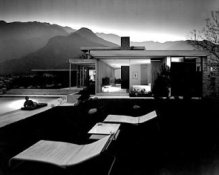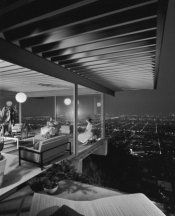I expect that the ability to estimate correct exposure is associated with the ability to judge whether or not the light available will result in an interesting photograph.
IMHO the best way to tell if someone is (or is going to be) a good photographer, is to determine how observant they are about light (and of course, shadows).
My very first new 35mm camera was a Retina S1. Although it was otherwise a sad end to the Retina line, it had one intriguing function - it had the sunny 16/kodak exposure guide built into the aperature setting ring.
Actually, it had another interesting function - it featured both a hotshoe for electronic flash, and a flashcube socket. Boy those flashcubes could put out a lot of light .
.
Matt
IMHO the best way to tell if someone is (or is going to be) a good photographer, is to determine how observant they are about light (and of course, shadows).
My very first new 35mm camera was a Retina S1. Although it was otherwise a sad end to the Retina line, it had one intriguing function - it had the sunny 16/kodak exposure guide built into the aperature setting ring.
Actually, it had another interesting function - it featured both a hotshoe for electronic flash, and a flashcube socket. Boy those flashcubes could put out a lot of light
 .
.Matt







